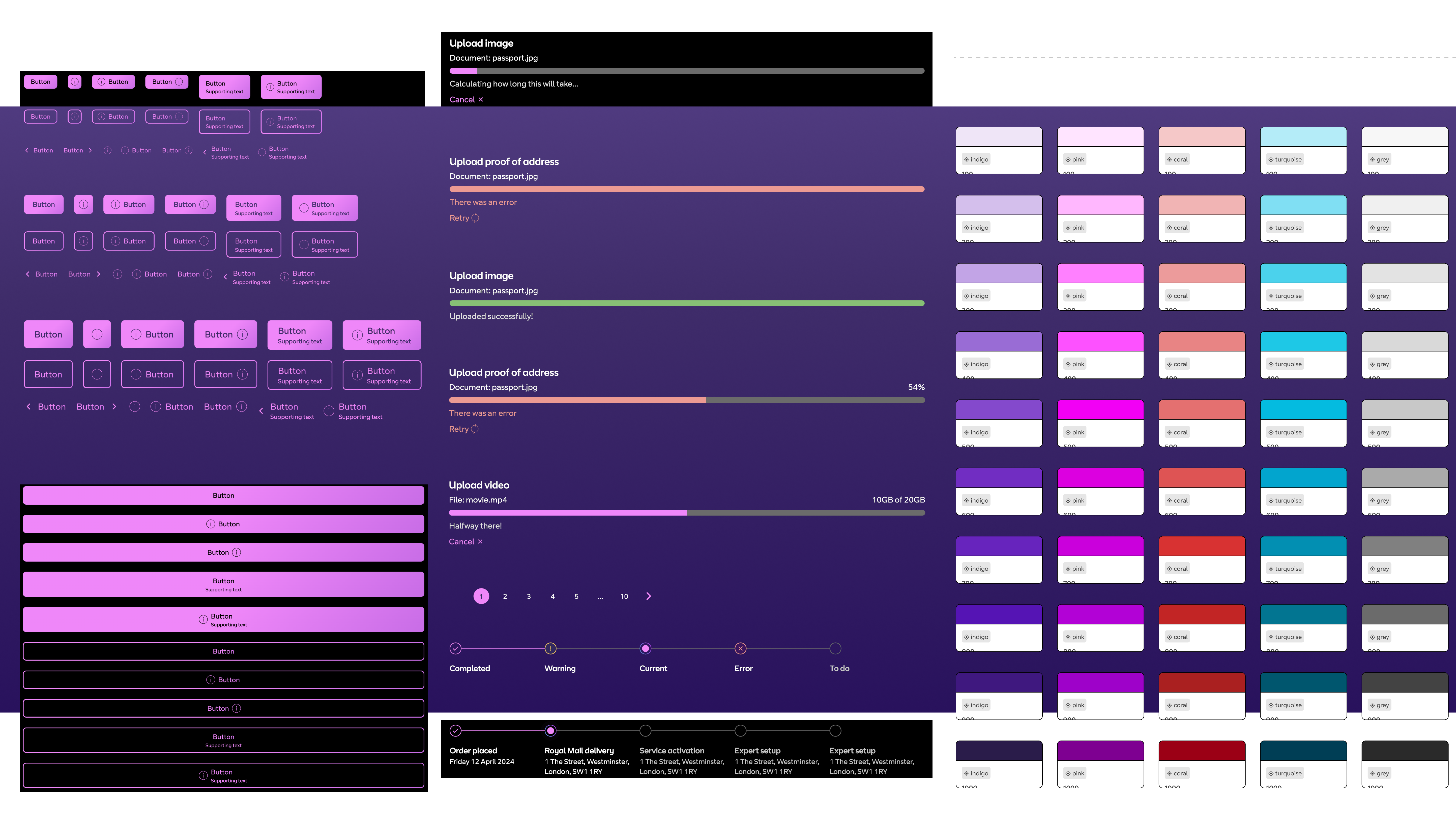

Creating the Arc design system to increase alignment and scale across a large ecosystem of products. A token-driven system powering themes, accessibility and a unified component library.
Led tokens, component structure, documentation and contribution flows. Partnered with design, engineering
and content. Shipped accessible, documented components with Storybook + Figma parity. The design system storybook link can be found here:
https://ui.digital-ent-int.bt.com/latest/docs/intro
Weekly inserts
Increase in usage
1-to-1 Design tokens
Merged 80 libraries




The design system had been around for over 2 years, but it was hardly utilised, with less than 100 daily inserts. The first thing we did was to conduct user research and identify the key pain points for designers and developers.
Figure out the structure of the design system files. The solution was to split up the Figma design system file...
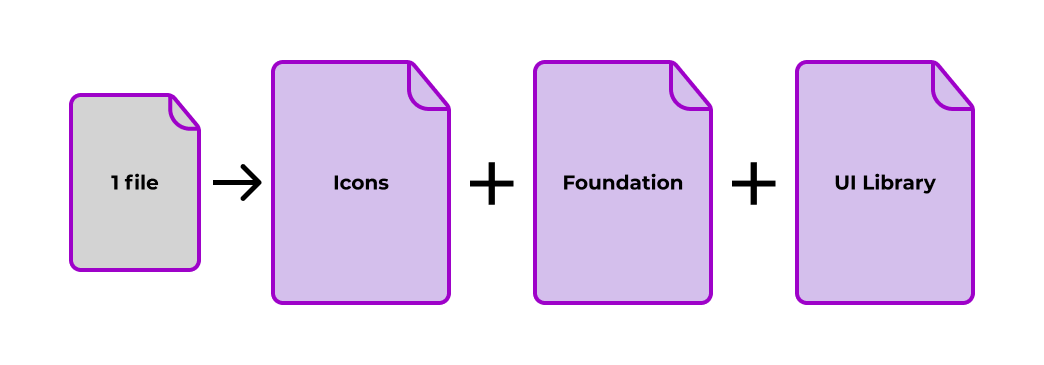
Next we had to establish the 1-to-1 relationship for the design tokens between GitHub and Figma Foundation...
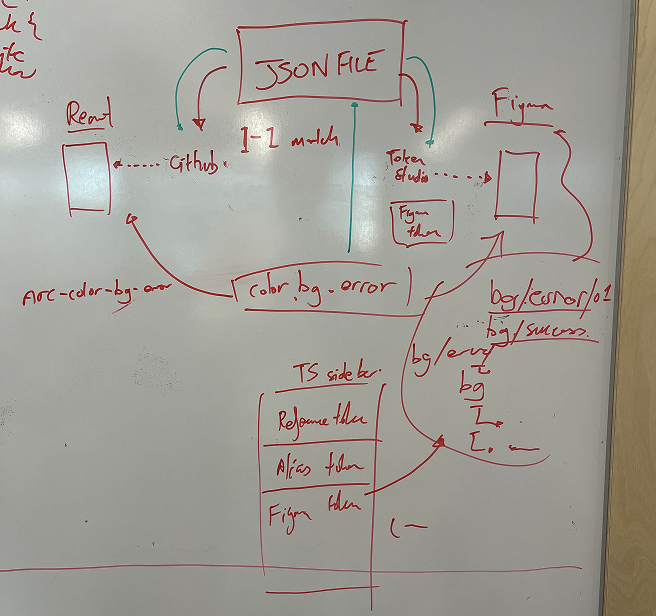
Here’s the same flow but cleaned up. Feel free to get in touch for an explanation.
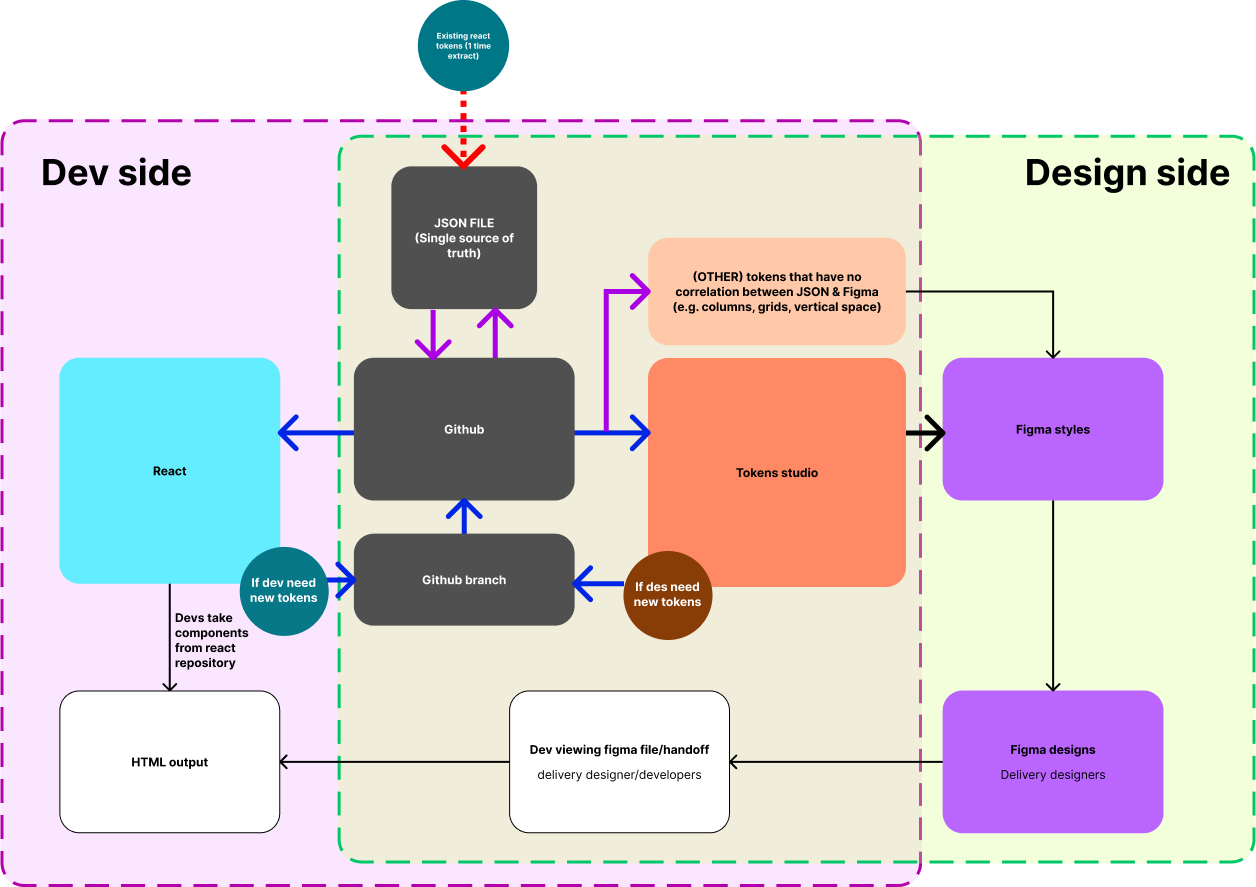
Next, I worked with the development team to match the JSON file containing all the tokens into Token Studio and Figma...
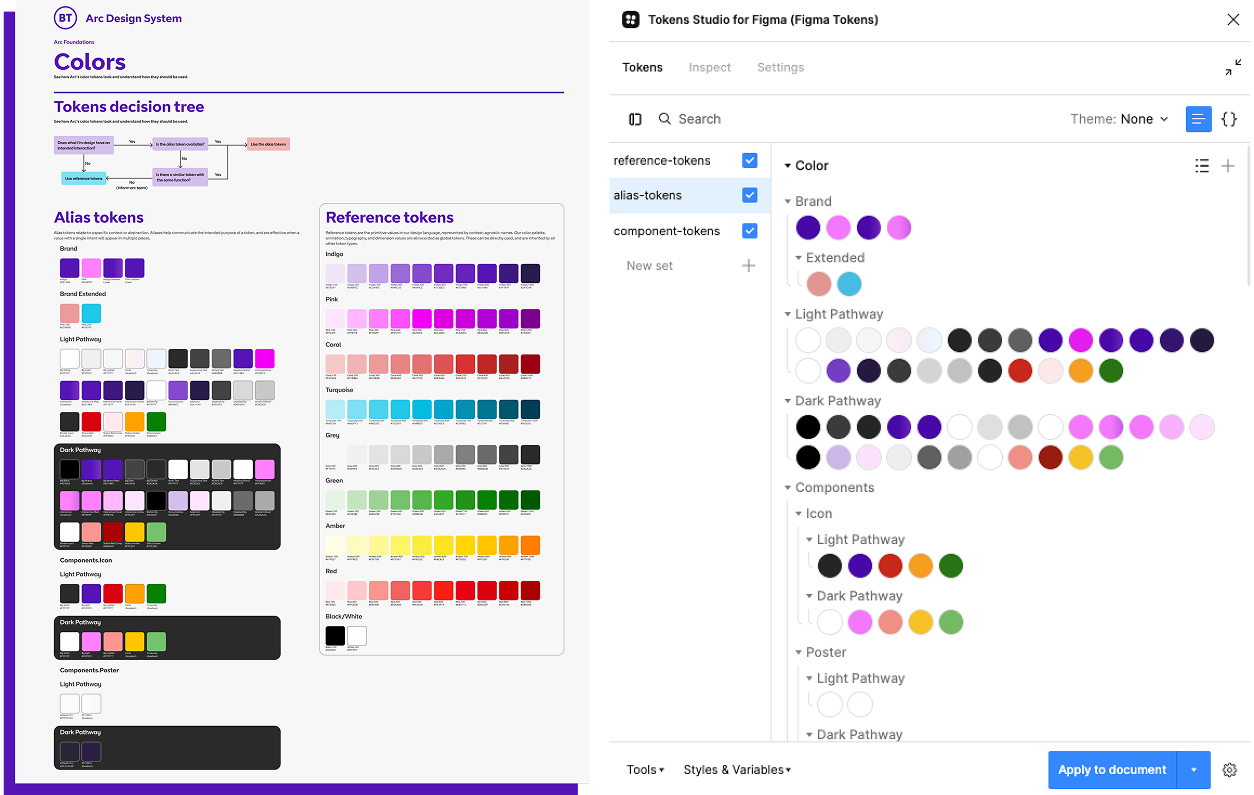
With the tokens in place, we swiftly moved onto the research phase...
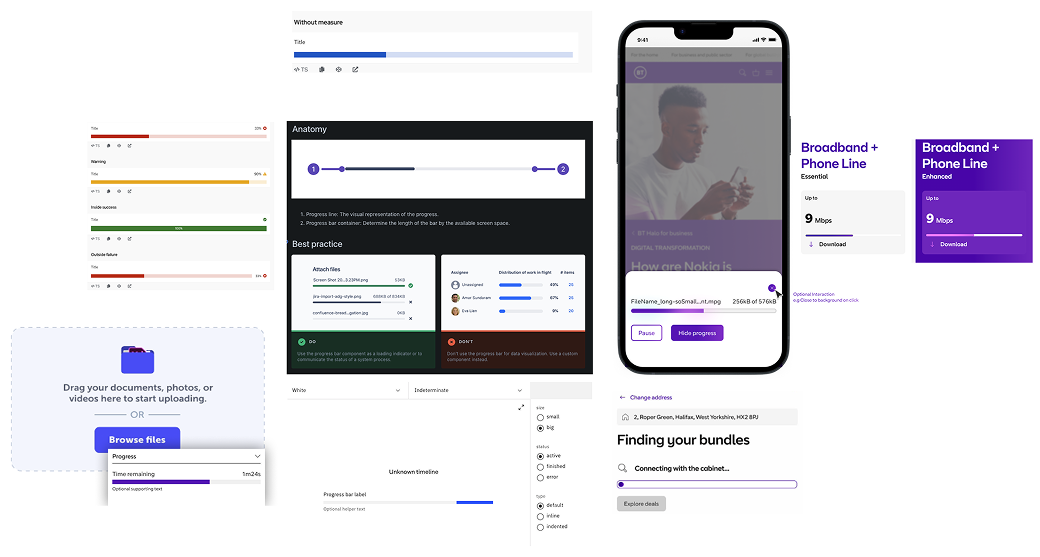
Next we’d move onto the Figma build for the components...
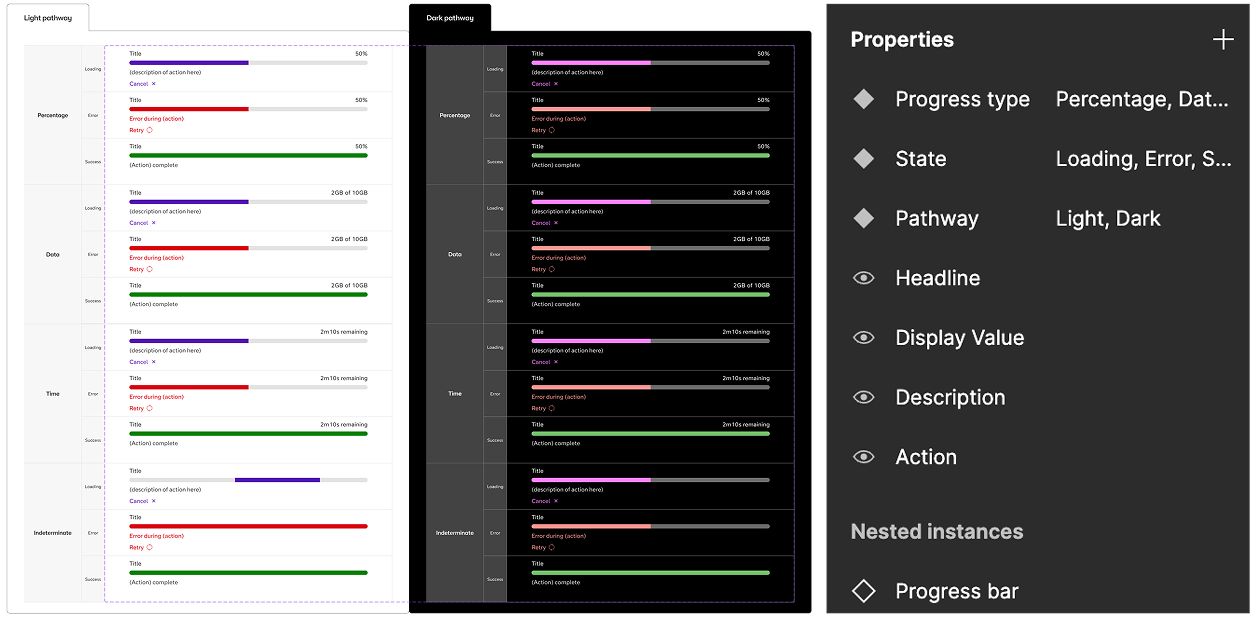
With the tokens in place, we moved onto the research phase of each component...
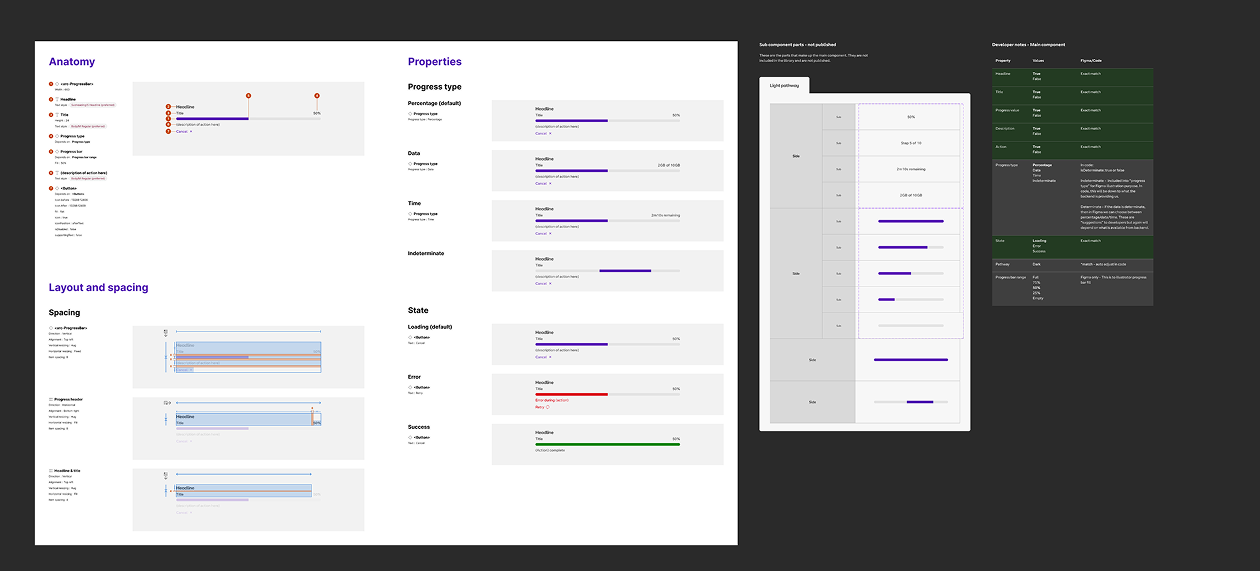
A token-driven system with over 1000 component and variations, adopted by global product teams with measurable gains: faster delivery, consistent UX and accessibility by default.